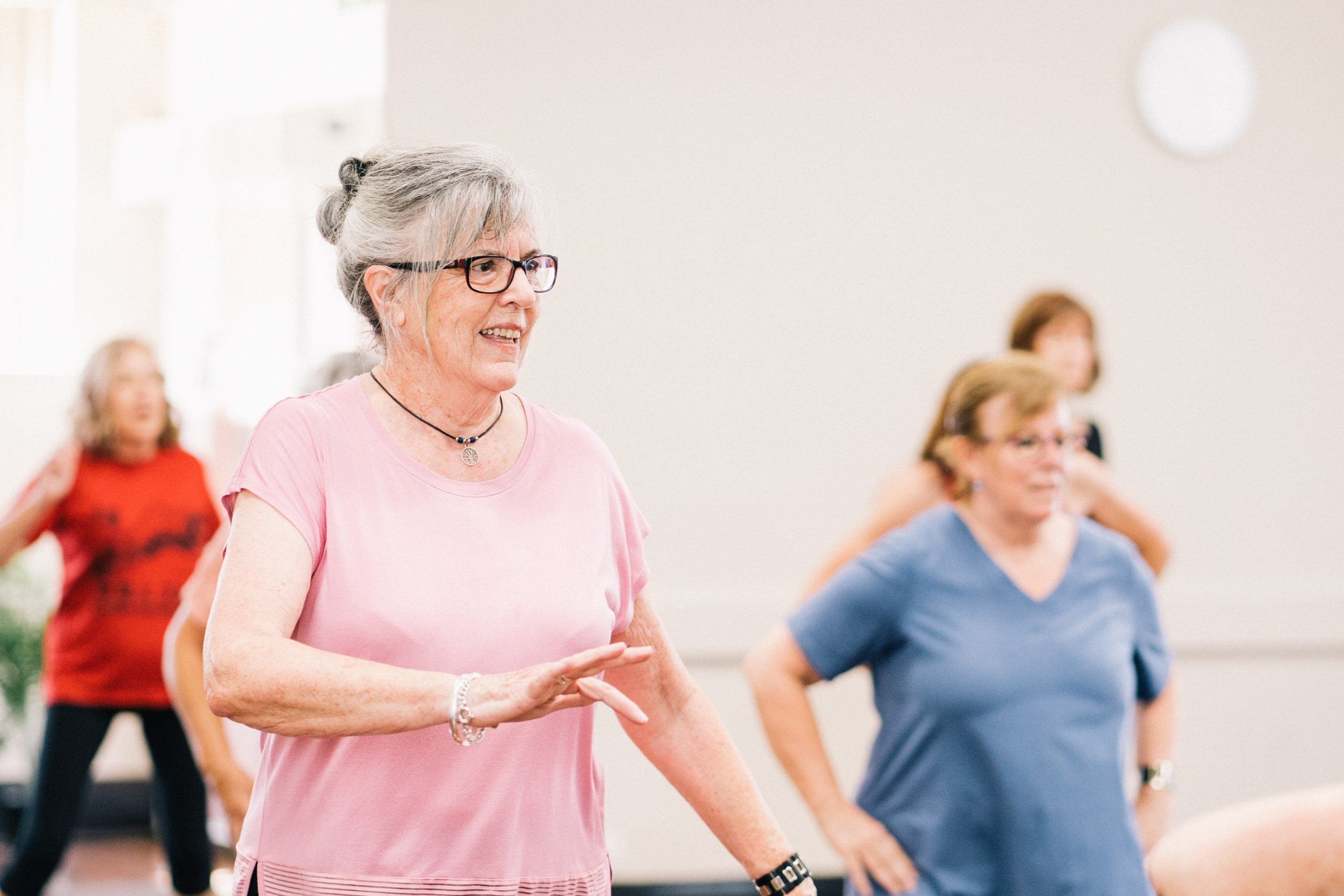The Power of Movement: How Exercise Can Promote Active Aging

The image is not directly related to the article. It merely symbolizes the life of elderly people.
The Power of Movement: How Exercise Can Promote Active Aging
As we age, many of us tend to become less active, leading to a sedentary lifestyle that can have detrimental effects on our overall health and well-being. However, research has consistently shown that exercise can play a crucial role in promoting active aging and maintaining a high quality of life well into our golden years.
Regular physical activity has numerous benefits for older adults, both physically and mentally. It can help to improve cardiovascular health, strengthen muscles and bones, enhance balance and flexibility, and even reduce the risk of chronic illnesses such as heart disease, diabetes, and certain types of cancer. Exercise can also have a positive impact on mental health, reducing the risk of depression and anxiety, improving cognitive function, and increasing overall feelings of well-being.
One of the main reasons exercise is so effective in promoting active aging is its ability to combat age-related decline in physical function. As we age, we naturally experience a decrease in muscle mass, strength, and flexibility. However, research has shown that regular exercise, including both aerobic and strength training activities, can help to counteract these declines and maintain or even improve physical function.
Aerobic exercises, such as walking, swimming, or cycling, can improve cardiovascular fitness, increase stamina, and boost energy levels. These types of activities are especially beneficial for older adults as they can help to reduce the risk of heart disease, stroke, and high blood pressure. Additionally, aerobic exercise can also enhance mental health by releasing endorphins, the body’s natural mood-enhancing chemicals.
Strength training exercises, on the other hand, focus on building and maintaining muscle mass and bone density. As we age, we become more susceptible to conditions such as osteoporosis, which can increase the risk of fractures. However, regular strength training activities, such as lifting weights or using resistance bands, can help to increase bone density and reduce the risk of falls and fractures. Strength training exercises also play a crucial role in maintaining functional independence as we age, allowing us to perform daily activities with ease.
Balance and flexibility exercises are also essential components of an active aging routine. These exercises, such as yoga or tai chi, can improve stability, prevent falls, and enhance overall mobility. Falls are a significant concern for older adults, as they can lead to serious injuries, loss of independence, and a decline in overall well-being. By incorporating balance and flexibility exercises into their routine, older adults can significantly reduce their risk of falls and maintain their independence.
It’s important to note that exercise doesn’t have to be intense or time-consuming to be effective. Even moderate physical activity, such as brisk walking for 30 minutes a day, can have significant health benefits. The key is to find activities that you enjoy and can sustain over the long term. This could be anything from dancing and gardening to swimming or joining a group exercise class.
In conclusion, exercise is a powerful tool in promoting active aging and maintaining a high quality of life as we get older. It has numerous physical and mental health benefits, including improving cardiovascular health, strengthening muscles and bones, enhancing balance and flexibility, and reducing the risk of chronic illnesses. By incorporating regular exercise into their routine, older adults can stay active, independent, and enjoy a fulfilling and vibrant life well into their golden years.
The image is not directly related to the article. It merely symbolizes the life of elderly people. The Power of Movement: How Exercise Can Promote Active Aging As we age, many of us tend to become less active, leading to a sedentary lifestyle that can have detrimental effects on our overall health and well-being. However,…
Recent Posts
- Empowering Caregivers: The Best Online and Offline Resources to Enhance Your Skills
- Traveling with a Purpose: The Rise of Volunteer Vacations
- Breaking Stigma: Dispelling Myths about Mobility Aids and Disability
- Avoiding Probate: How Trusts Can Simplify the Estate Settlement Process
- Senior Citizens Beware: Common Financial Scams and How to Stay Protected

